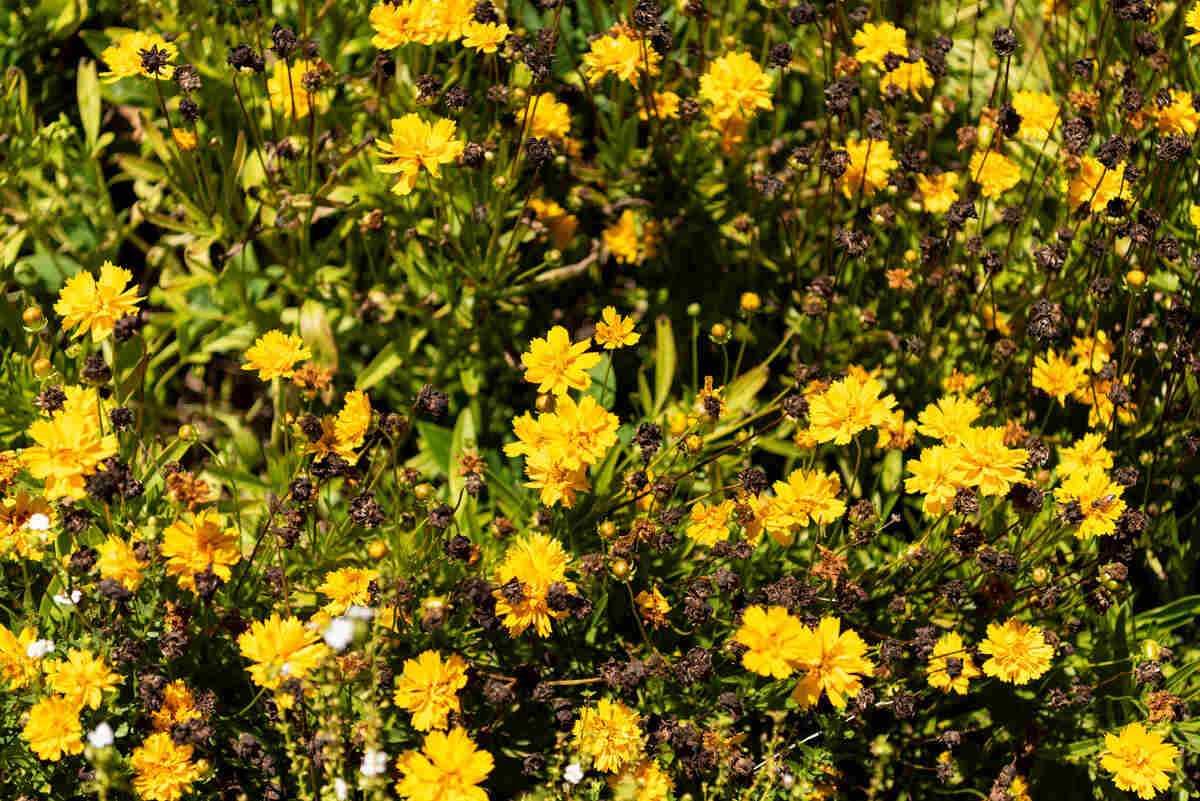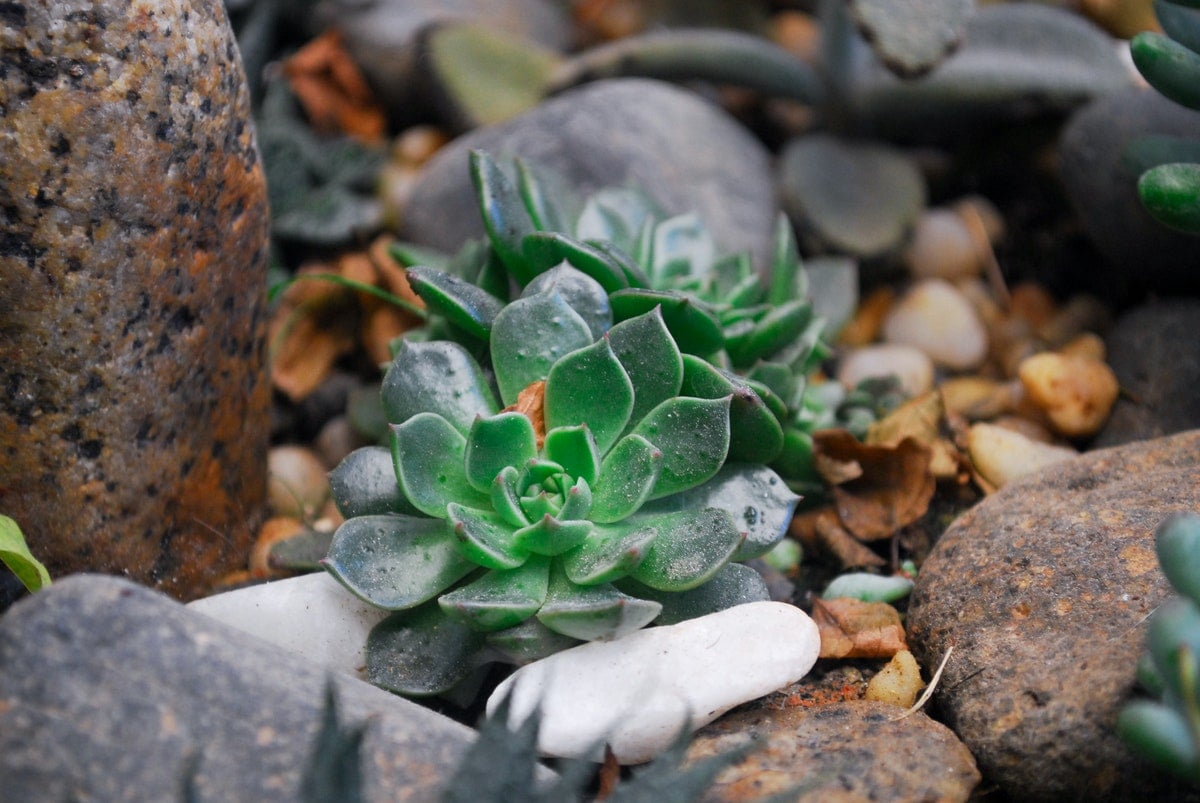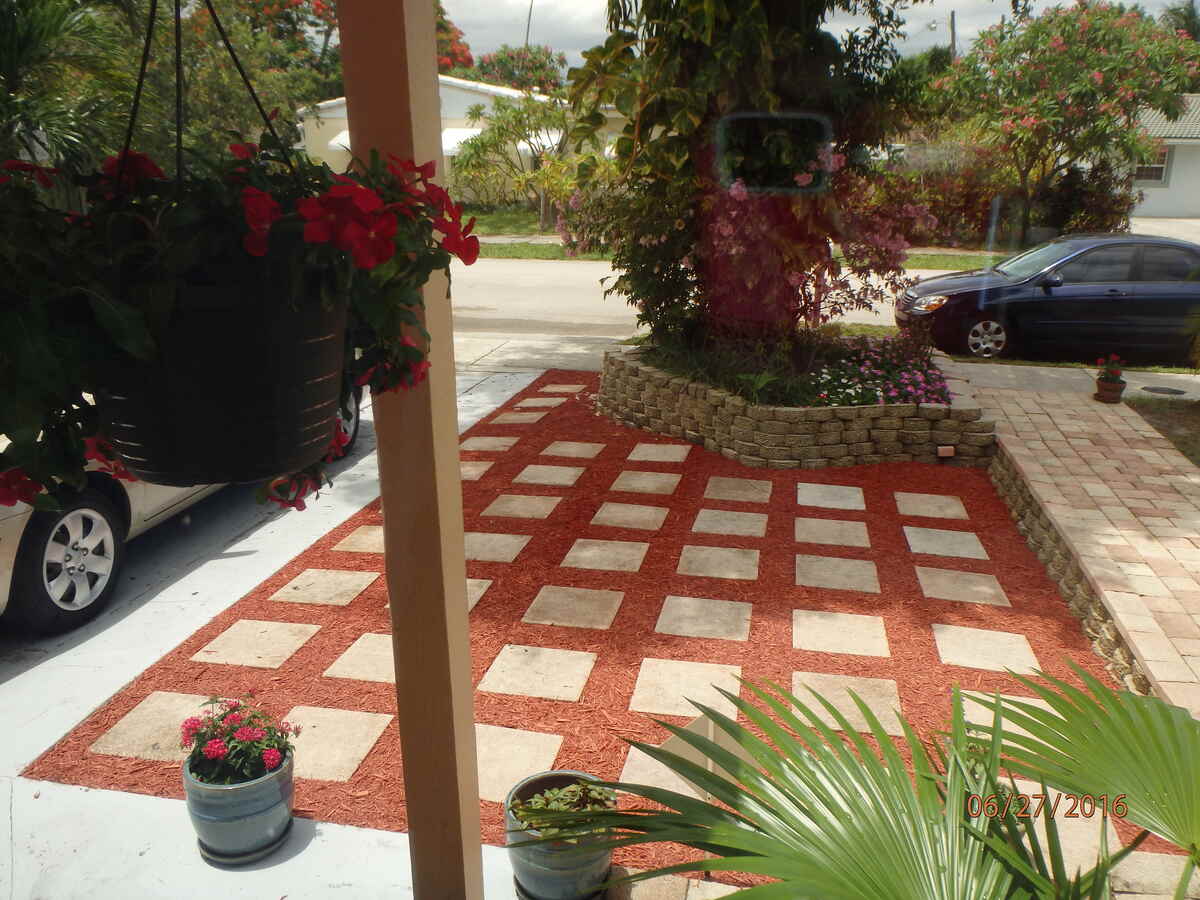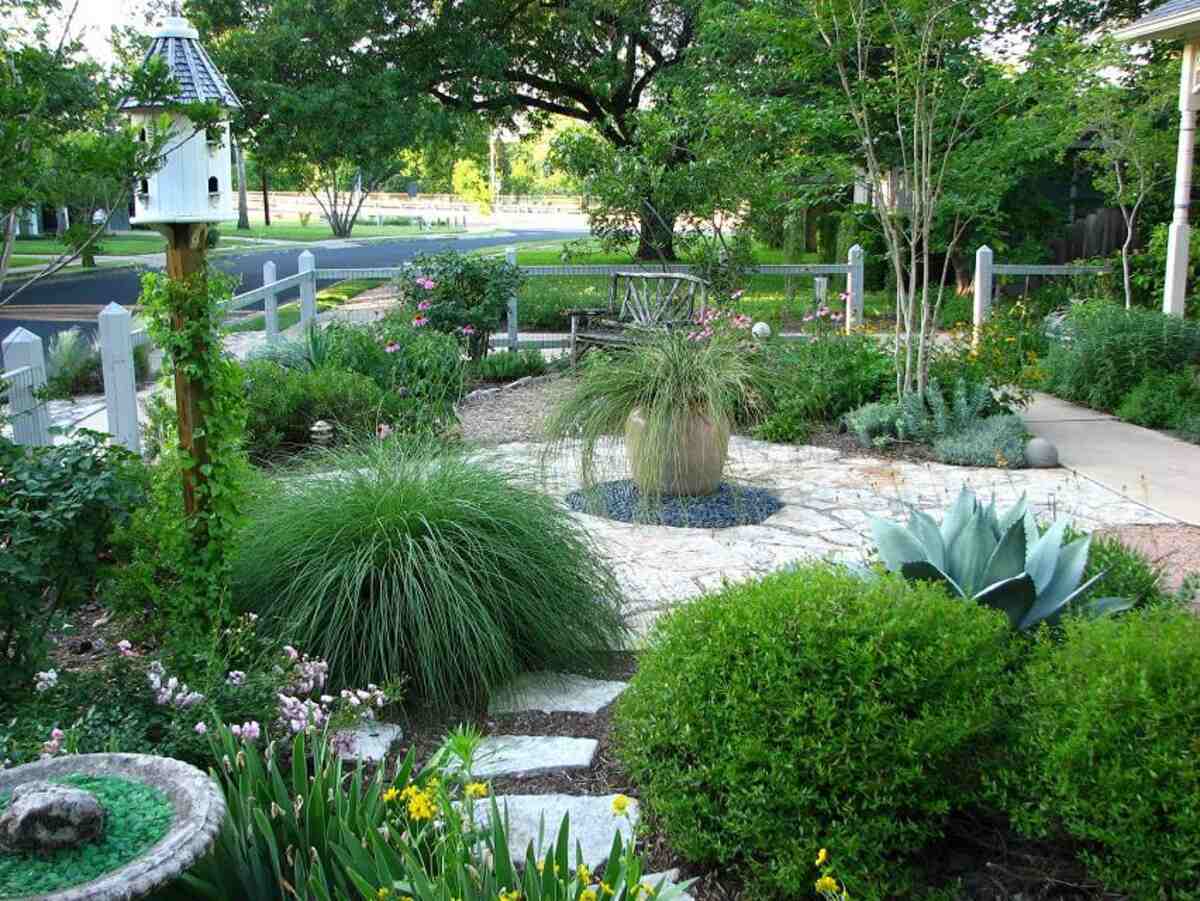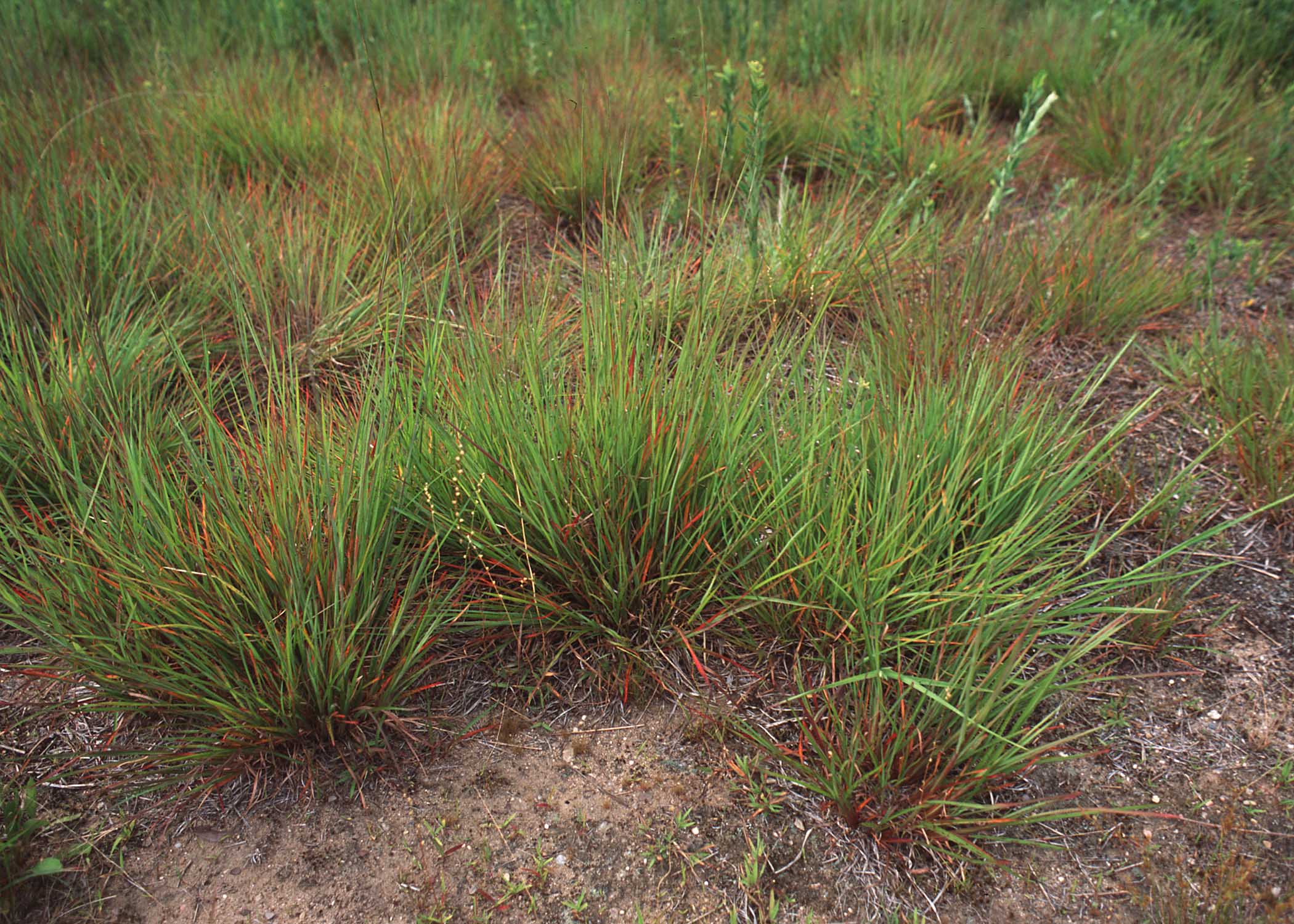
Some Ohioans just don’t want to bother day after day with their plants and trees, but still want their landscaping to look beautiful and inviting. And who can blame them?

“I think that many people think that low maintenance means no maintenance, and that is not true,” says Barbara Arnold, senior horticulturist at Franklin Park Conservatory and Botanical Gardens, Columbus. “Even low-maintenance plants need some help in order to do a good job at growing so they thrive and come back year after year.”
As a gardener and homeowner, you need to take care of your plants such as pruning, deadheading and even watering to get the best performance out of them. Leaves from trees will fall, and perennials will always need cutting back. A little work goes a long way, she adds.
Arnold offers some tips on making your low-maintenance Columbus landscaping work for you:
Note Your Soil, Garden Conditions
Do your basic gardening homework. You should select and place your plants in the Columbus area for your garden’s conditions such as full sun, shade, dry shade under a tree, wet near a downspout or windy.
“This homework takes out much of the garden maintenance task,” Arnold adds. “Just because the homeowner likes it, doesn’t mean it will work in their garden. Also, just because the garden centers have them for sale, doesn’t mean they will work in your garden.”
Always read the plant tags and ask questions at the nursery. Central Ohio garden soils tend to be in the middle range of pH — 6.5 to 7.5. Many low-maintenance plants will work, but Franklin County soils can vary, so have your soil tested.
Decide Best Planting Spots
By taking an overall look at your garden and yard, you can figure out how much space you want to fill.
Look at your landscape and imagine it years from now:
- Will utility lines be a problem when trees get bigger?
- Might driveways, sidewalks and patios need some pretty groundcover or flowers to soften the hardscapes?
- Are there views out your home’s windows that you need to see? Or hide?
Also, know where your home’s underground utilities are buried for safety when planting trees and shrubs. Always research your locality’s utility rules. In Columbus, you can call 811 to get information before you dig.
Research Plants, Trees
By getting to know the different types of plants and trees first, you can avoid some very messy and issue-oriented situations. For instance, some very untidy trees and plants can make extra work for you, Arnold explains.
Walnuts, oaks, maples and sweetgum trees all produce seeds or fruit that create extra garden clean-up. Soft fruit such as crabapples, serviceberries and viburnum attract birds and squirrels which can also cause problems such as messes on driveways, cars, in gutters, patios, and sidewalks. You also should avoid these other worst trees for Columbus.
Remember that your landscaping can be planted little by little, not just in one fell swoop, Arnold says. Trees take time to get full-grown, many times maturing at 15-20 years, while perennial plants need two or three years to fill in correctly. Make sure to properly care for your trees throughout their lifespan.
Explore the Neighborhood
Getting the right plant in the right place remains key to a beautiful landscape. You can figure out what you need and want simply by driving or walking around your neighborhood, Arnold responds.
“See what looks good and what your neighbors are having success with. Talk to your neighbors and ask what is working for them and what is not,” she says. She also says to stop by your local independent garden centers to inquire about what works for the area. They also know what has been selling, and what is being returned dead.
You can also go to the Missouri Botanical Garden website to locate the right plants for your situation.
Mulching Cuts Labor
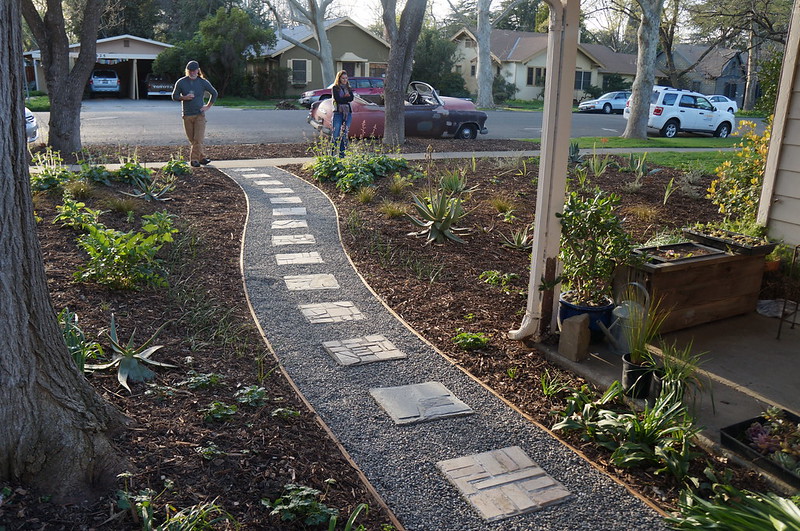
Adding mulch can be good for a garden and trees — and your work time. Put between 1-2 inches of hardwood mulch to cut down on the weeds, Arnold says.
“It keeps the soil insulated for both heat and cold, plus it helps to retain moisture, and as it decomposes adds nutrients to the top layer of soil,” she says.
Mulch in a bed or tree circle will keep mowers and trimming away from the trees, and allow for the beds to have a nice clean edge. Time is saved from trimming bed lines and around trees, plus the tree trunk is safe from a sharp trimmer.
Recommended Plants, Grasses for Columbus
Arnold suggests these plants and grasses:
- Little bluestem (pictured above).
- Korean feather reed grass.
- Kalm’s St. John’s wort.
- Beautyberry.
- Smokebush.
She also recommends these low maintenance perennial and annual flowers:
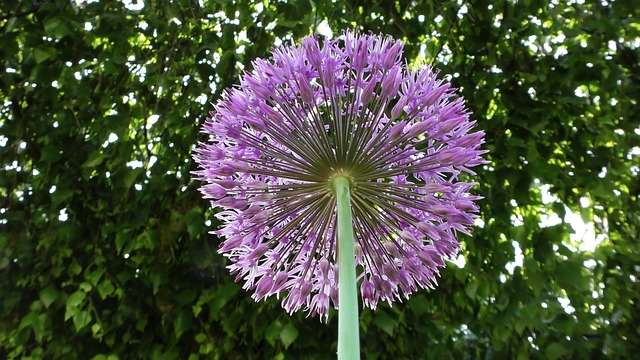
- Allium millenium.
- Black-eyed Susans.
- Coneflower.
- Golden sword yucca.
“No garden or plant is maintenance-free,” says Arnold. “Don’t be that person who doesn’t take care of the garden. Your neighbors will talk about you.”
Need help deciding what to plant or what type of grass will thrive in your area? Visit our Columbus landscaping page for more info! We offer one-stop shopping for all your landscaping needs.
